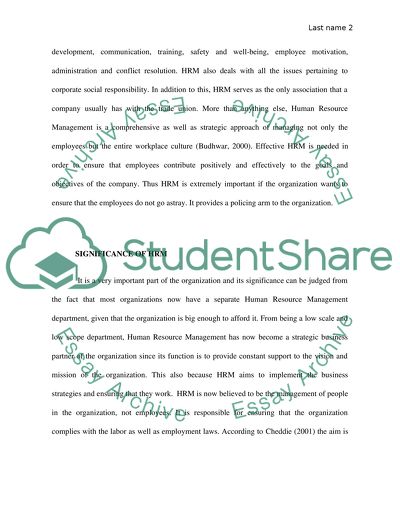Cite this document
(“Human Resource Management Essay Example | Topics and Well Written Essays - 2500 words - 2”, n.d.)
Retrieved from https://studentshare.org/human-resources/1398484-organisation
Retrieved from https://studentshare.org/human-resources/1398484-organisation
(Human Resource Management Essay Example | Topics and Well Written Essays - 2500 Words - 2)
https://studentshare.org/human-resources/1398484-organisation.
https://studentshare.org/human-resources/1398484-organisation.
“Human Resource Management Essay Example | Topics and Well Written Essays - 2500 Words - 2”, n.d. https://studentshare.org/human-resources/1398484-organisation.


